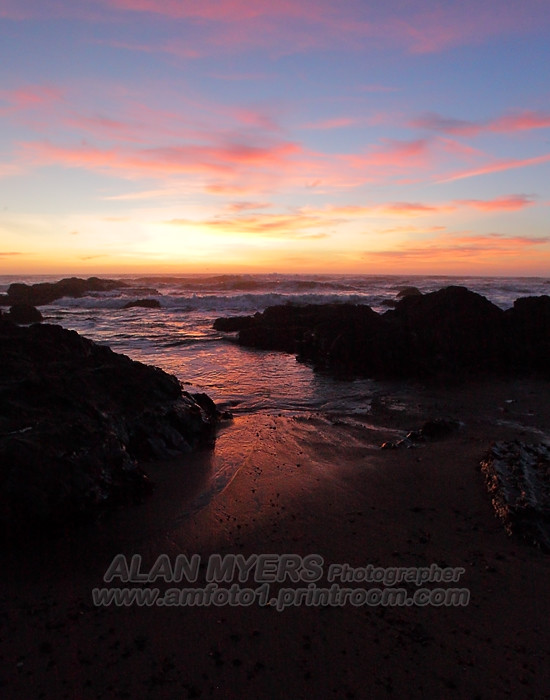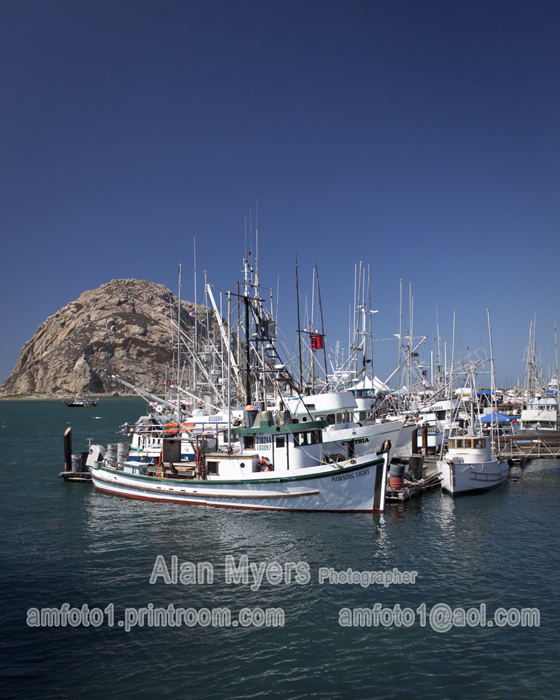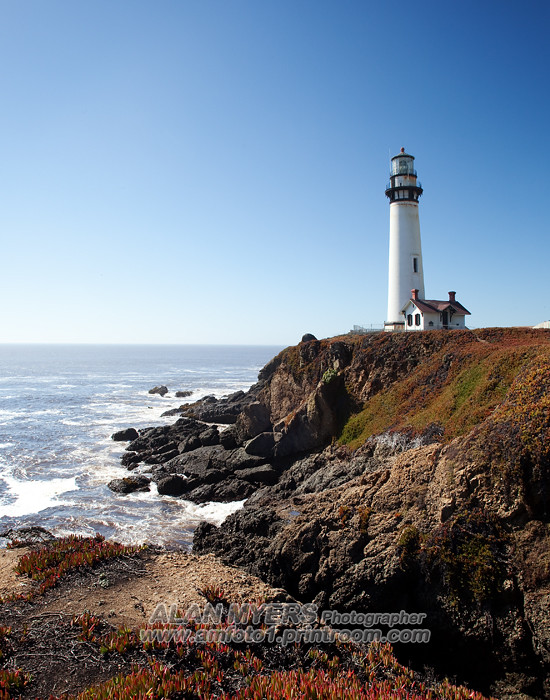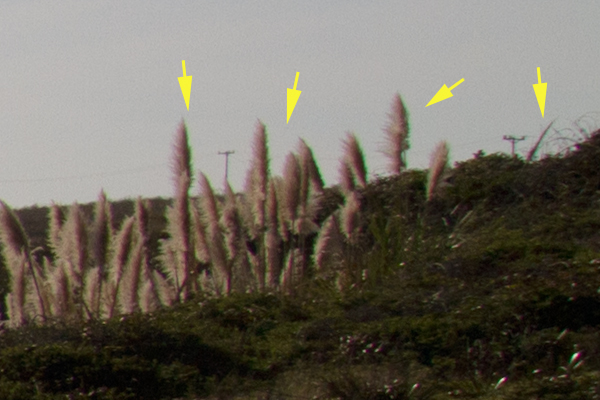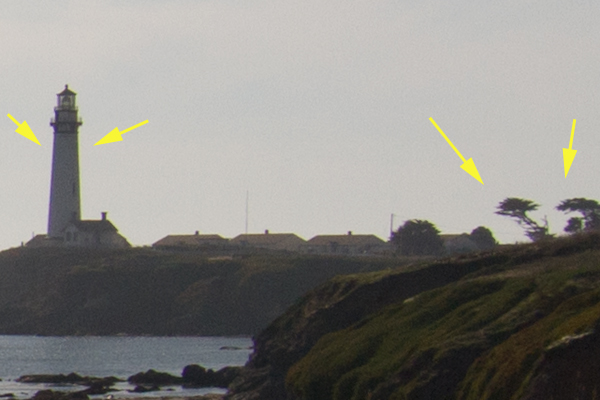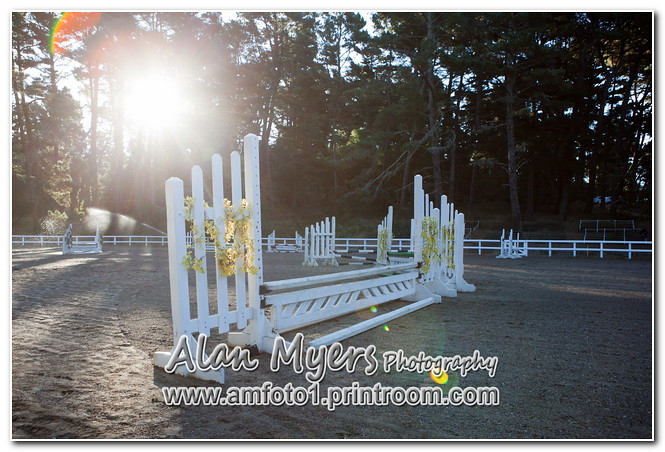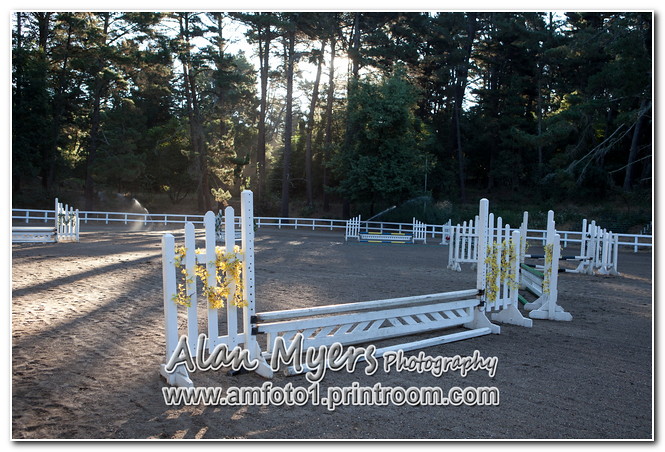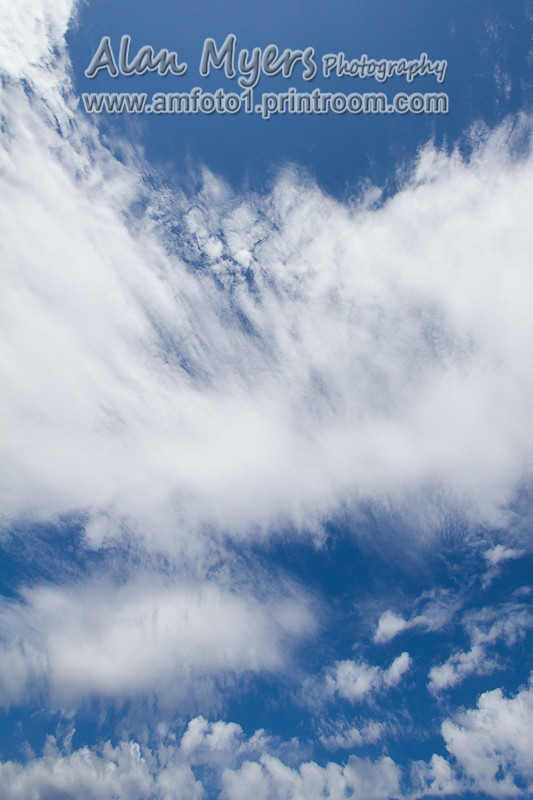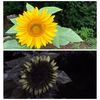CP QUESTIONS
Jul 1, 2018 15:25:31 #
CanonTom
Loc: Birmingham
bpulv wrote:
You are assuming that he is shooting into the sun. Some of the best sunrise/sunset pictures are taken pointing away from the sun and using the golden hour light on the subject.
You are correct. I do think that buying the filter he wants and trying it in his situation is a great idea as he can return it based on their return policy.
Jul 1, 2018 17:05:55 #
CWW
Loc: North Jersey
amfoto1 wrote:
I am assuming "CP" means "circular ... (show quote)
WOW! Thanks so much. I've read it twice, great photo examples. I really appreciate your response and subject knowledge. Got me thinking twice about a C-pol. Thanks again, much appreciated!
Jul 2, 2018 01:32:25 #
Mac wrote:
You are spot on, Mac, on both of your points!! I'm not sure how effective a CP filter would be for sunrise/sunset pictures since you will be shooting in the general direction of the sun and a CP filter works best the closer you ge to 90 degrees.
Using a CP filter with a lens hood can be difficult, but one solution is a lens hood that screws in to the filter threads. That way you turn the filter by turning the hood.
Using a CP filter with a lens hood can be difficult, but one solution is a lens hood that screws in to the filter threads. That way you turn the filter by turning the hood.


Jul 2, 2018 03:10:55 #
RWR
Loc: La Mesa, CA
CanonTom wrote:
Those who purchase a filter for their largest diameter lens and use step rings to attach the filter to smaller lenses will probably not be able to do this easily unless they purchase a new hood large enough to accommodate the larger filter.....I looked into that, tried the rings first, decided that the cost of the rings (more expensive brass rings do not stick to the filters nearly as easily, a big plus), plus the cost of a quality replacement hood for each smaller lens was significant ...



Jul 2, 2018 06:46:53 #
Jul 2, 2018 07:34:06 #
I find it quite simple. Put the CP on the lens, turn the filter for the maximum effect. Then, put the lens shade on the lens and shoot.
--Bob
--Bob
CWW wrote:
Greetings, My questions for today are: How effecti... (show quote)
Jul 2, 2018 10:21:49 #
Mac wrote:
I'm not sure how effective a CP filter would be for sunrise/sunset pictures since you will be shooting in the general direction of the sun and a CP filter works best the closer you ge to 90 degrees.
Using a CP filter with a lens hood can be difficult, but one solution is a lens hood that screws in to the filter threads. That way you turn the filter by turning the hood.
Using a CP filter with a lens hood can be difficult, but one solution is a lens hood that screws in to the filter threads. That way you turn the filter by turning the hood.



Most of my new lenses from Canon have a little window that opens up on the hood that allows you to adjust a CP while the hood is on the lens. Simply close the little door after you've adjust it.
Jul 2, 2018 12:00:39 #
markinvictoria
Loc: Victoria TX
Years ago when I bought my first CPLs...I modified my hoods using a drill and Dremel tool to cut a slot on the bottom of the lens hood. Made them wide and long enough so my finger could easily fit and turn the CPL. They are cut on the bottom and pretty much out of sight. With some effort...you can almost make it look like it's a factory design.
Mark
Mark
Jul 2, 2018 12:23:03 #
A collapsible lens always worked for me along with the angle that is mentioned and digital camera saves money too!
Jul 2, 2018 12:50:13 #
I got Breakthrough filters (UV and CPL) on one of my lenses. I have liked the results. Although I have this setup for only a couple of weeks. I rarely shoot indoors and I use a CPL all the time outdoors regardless of my position to the sun. CPL's work by cutting glare from shinny surfaces (water, glass, ect.), they also give a little color enhancement. However, while I recomend CPL's for eveything outside, if you have not had time to experiment with a CPL to know it does in different situations and lighting, you might be better off not using one until you have experimented/practiced with a CPL. There a lot to commend about practicing with your gear.
As for a hood with a CPL, you should check out the rubber hoods that screw on the front of your lens. This allows ful function of turning the CPL (alwys turn the CPL the direction to tighten it or you may cause it to become lose and fall off).
As for a hood with a CPL, you should check out the rubber hoods that screw on the front of your lens. This allows ful function of turning the CPL (alwys turn the CPL the direction to tighten it or you may cause it to become lose and fall off).
Jul 2, 2018 12:59:15 #
CWW wrote:
Greetings, My questions for today are: How effecti... (show quote)
A CP pretty much works the same, no matter what lens you put it on, it can however introduce uneven amounts of polarization across the frame, when used on very wide lenses!
Jul 2, 2018 13:25:11 #
CWW
Loc: North Jersey
Thanks everyone. I'm going to purchase the best C-pol I can afford and give it a try. Thanks again, much appreciated!
Jul 3, 2018 21:39:36 #
jeep_daddy wrote:


Most of my new lenses from Canon have a little window that opens up on the hood that allows you to adjust a CP while the hood is on the lens. Simply close the little door after you've adjust it.



Most of my new lenses from Canon have a little window that opens up on the hood that allows you to adjust a CP while the hood is on the lens. Simply close the little door after you've adjust it.
That is a great idea. I hope Nikon will do something like that.
If you want to reply, then register here. Registration is free and your account is created instantly, so you can post right away.
